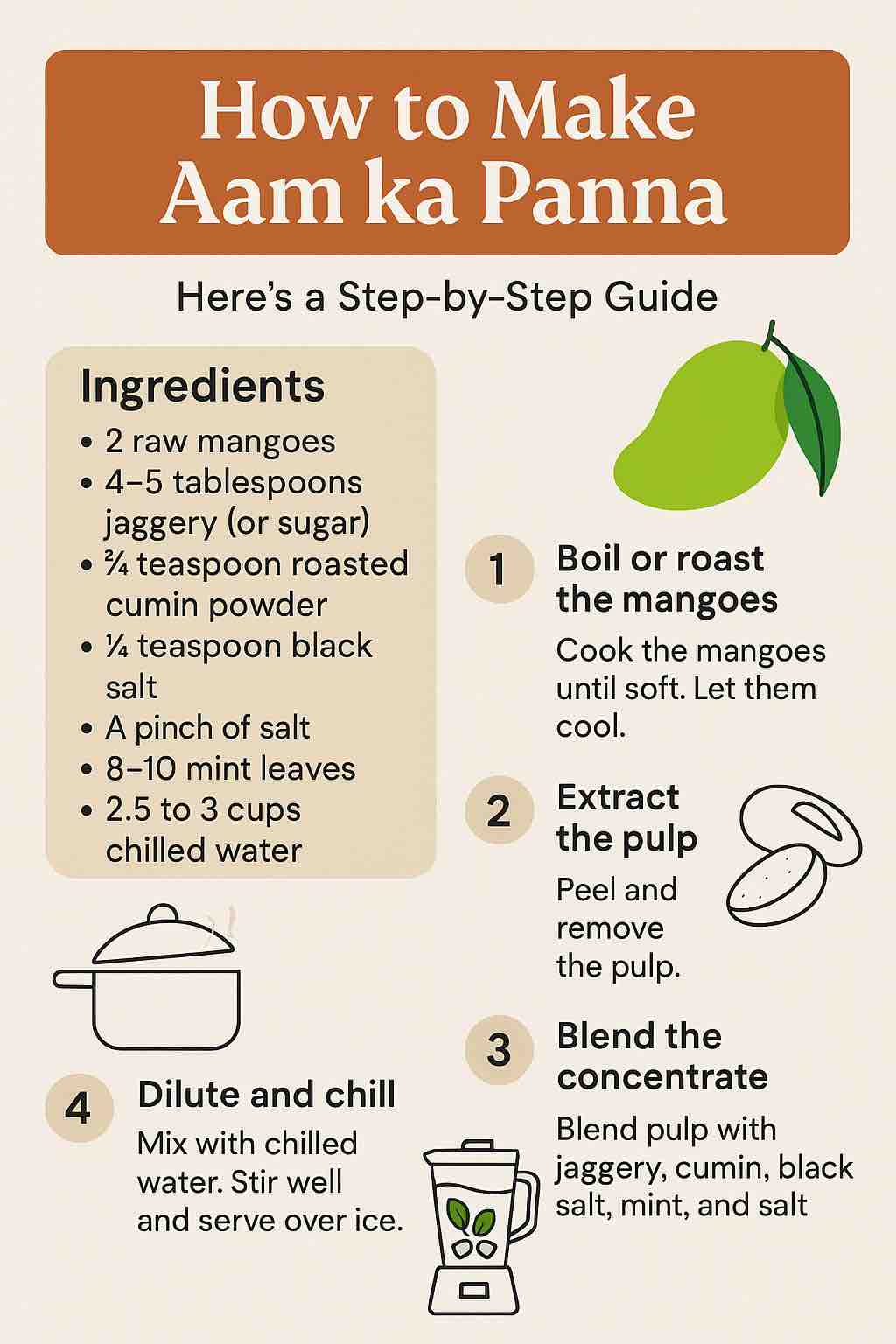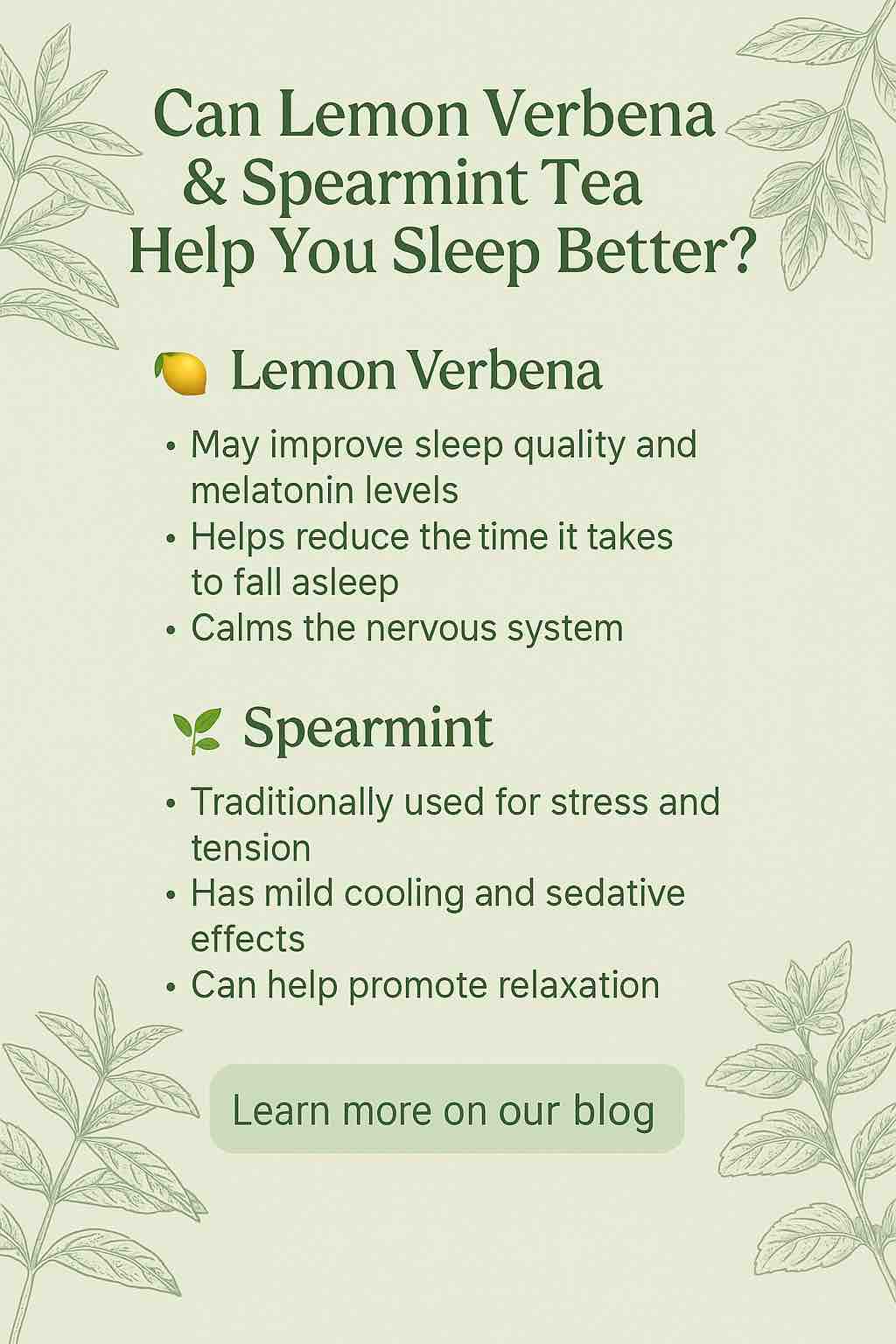
A Tropical Superfood Adventure That’s Anything But Ordinary
If you’re craving a tropical escape in a jar, mango chia pudding is your golden ticket. Creamy, naturally sweet, and bursting with nutrients, this little jar of sunshine is more than just a pretty breakfast—it’s a versatile, customizable superfood dessert that adapts to your mood and taste.
But let’s go beyond the basic recipe.
This post is for those who want to elevate the classic mango chia pudding into something creative, healthy, and visually irresistible. Whether you’re meal-prepping for the week, hosting a brunch, or looking for a nutrient-packed dessert, these five exclusive ideas will take your chia pudding game to the next level.
🍧 First, The Foundation: Perfect Mango Chia Pudding
Before we dive into our wild creations, here’s the perfect base recipe that holds up to any toppings, layers, or flavors:
🌿 Ingredients:
- 1 large ripe mango (peeled and diced)
- 1 cup coconut milk (or almond milk for a lighter option)
- ¼ cup chia seeds
- 1–2 tablespoons maple syrup (optional, depending on sweetness of mango)
- ½ teaspoon vanilla extract
- Pinch of sea salt
🌀 Instructions:
- Make the Mango Purée: Blend the mango until smooth.
- Mix: In a mixing bowl, whisk together the purée, coconut milk, maple syrup, vanilla, and salt.
- Add Chia Seeds: Stir in the chia seeds, making sure they’re well distributed.
- Rest & Thicken: Cover and refrigerate for at least 2 hours (or overnight), stirring once after 30 minutes to avoid clumping.
- Serve: Spoon into jars or bowls and add your favorite toppings—or explore the creative twists below.
🌟 5 Unique Mango Chia Pudding Creations
Let’s remix the classic with inventive flavor combos, layered textures, and superfood boosts. Each version below builds on the base pudding, transforming it into something spectacular.
1. 🥭💚 Matcha Mango Marble Swirl
Why You’ll Love It:
A dynamic duo—tropical mango meets earthy matcha for a nutrient-packed breakfast that wakes up your senses.
What You’ll Need:
- ½ teaspoon ceremonial-grade matcha powder
- ¼ cup almond milk
- 1 teaspoon honey or agave
- Mango chia pudding base
How to Make It:
- Whisk matcha, almond milk, and honey until smooth.
- Layer your jar with mango chia pudding and drizzle matcha blend in between for a marbled look.
- Top with sliced kiwi, hemp seeds, and a sprinkle of coconut flakes.
Pro Tip:
Matcha contains caffeine—perfect for a morning energy boost.
2. 🧡🌶️ Mango Lassi Chia Pudding with Turmeric & Cardamom
Why You’ll Love It:
Inspired by the classic Indian lassi, this variation has cooling yogurt, warming spices, and just the right touch of tang.
What You’ll Need:
- ½ cup plain Greek yogurt or plant-based yogurt
- ⅛ teaspoon ground turmeric
- ¼ teaspoon cardamom
- Splash of lemon juice
- Mango chia pudding base
How to Make It:
- Stir yogurt, turmeric, cardamom, and lemon into the mango chia base.
- Garnish with pomegranate seeds, crushed pistachios, and a mint sprig.
Pro Tip:
The turmeric adds anti-inflammatory benefits—and a gorgeous golden hue.
3. 🥥🍫 Tropical Dessert Jar with Toasted Coconut & Cacao Nibs
Why You’ll Love It:
Imagine a tropical sundae—but healthy. This layered jar brings crunch, creaminess, and just enough chocolate to feel indulgent.
What You’ll Need:
- Toasted shredded coconut
- Cacao nibs or dark chocolate shavings
- Coconut whipped cream
- Chopped dried pineapple (optional)
How to Make It:
- Spoon mango chia pudding into a glass.
- Add a layer of toasted coconut and cacao nibs.
- Repeat, then finish with coconut whipped cream and pineapple.
Pro Tip:
Toast your coconut in a dry pan for 2-3 minutes for deeper flavor.
4. 🥭🥜 Peanut Butter Mango Crunch Parfait
Why You’ll Love It:
The sweet-salty combo of peanut butter and mango creates a flavor bomb, while granola brings satisfying crunch.
What You’ll Need:
- 1 tablespoon natural peanut butter (or almond butter)
- ½ banana, mashed
- Crunchy granola
- Mango chia pudding base
How to Make It:
- Mix mashed banana and peanut butter into the mango chia base.
- Layer with granola and more mango chunks.
- Optional: Drizzle with more nut butter and a pinch of flaky sea salt.
Pro Tip:
Make this in a mason jar and take it on-the-go for an afternoon pick-me-up.
5. 🌈🥭 Fruit Rainbow Chia Bowl with Superfood Toppings
Why You’ll Love It:
A colorful bowl that turns your breakfast into a full-spectrum vitamin boost. Ideal for kids or a weekend treat.
What You’ll Need:
- Mango, blueberries, kiwi, strawberries, dragon fruit, and pomegranate
- Goji berries, chia seeds, flax meal, or spirulina powder (optional)
- Mango chia pudding base
How to Make It:
- Spoon mango chia pudding into a wide bowl.
- Arrange fruits in rainbow stripes.
- Sprinkle with superfoods like goji berries or spirulina powder.
Pro Tip:
Instagrammable AND nutrient-dense—what more could you ask?
🧠 Final Thoughts: Chia Pudding, Elevated
Mango chia pudding is more than just a trendy breakfast. It’s a canvas for creativity, a nutrient-dense delight, and an easy way to feel like you’re treating yourself—while staying on track with your health goals.
These five variations blend global inspiration, seasonal ingredients, and bold textures to keep your taste buds excited and your routine fresh.
So tell me: Which one will you try first?
Let’s keep the mango magic going! Drop your favorite twist in the comments, or tag your pudding creations on Instagram with #MangoChiaMasterpiece.
📌 Frequently Asked Questions (FAQs)
1. How long does mango chia pudding last in the fridge?
Mango chia pudding lasts up to 5 days in an airtight container in the refrigerator. For best texture, stir it once a day to prevent clumping.
2. Can I use frozen mango instead of fresh?
Yes! Just thaw the mango fully and blend it into a smooth purée. Frozen mango tends to be sweeter and juicier, which works great for pudding.
3. What’s the best plant-based milk to use?
It depends on your texture preference:
- Coconut milk for creamy richness
- Almond milk for a lighter version
- Oat milk for a neutral, subtly sweet taste
4. How do I make the pudding thicker or thinner?
- For a thicker texture, use more chia seeds (up to ⅓ cup per 1 cup of liquid).
- For a thinner consistency, add more liquid or blend the pudding after it thickens.
5. Is mango chia pudding suitable for weight loss?
Yes, when made with unsweetened milk and no added sugar, it’s high in fiber, omega-3s, and keeps you full longer—great for healthy snacking or breakfast.
6. Can I meal prep this for the whole week?
Absolutely! Prepare it in individual jars and store in the fridge. Add fresh toppings (like fruit or granola) right before eating to maintain texture.
7. Can kids eat mango chia pudding?
Yes! It’s a kid-friendly, naturally sweet option—just be mindful of any allergies (especially to seeds, nuts, or coconut). You can also blend it smooth if your child dislikes the texture of chia seeds.
8. Can I make this without a blender?
Yes, use store-bought mango purée or mash the mango thoroughly with a fork for a rustic texture. A whisk will help mix everything evenly.
9. What if my chia pudding doesn’t set properly?
Ensure the chia seeds are fresh and fully mixed in (stir again after 30 minutes). If it still doesn’t thicken, add 1–2 extra tablespoons of seeds and let it sit a few more hours.
10. Is chia pudding safe to eat daily?
Yes, chia seeds are packed with nutrients, but start with 2–3 tablespoons per serving to avoid digestive discomfort. Stay hydrated, as chia absorbs a lot of water.













